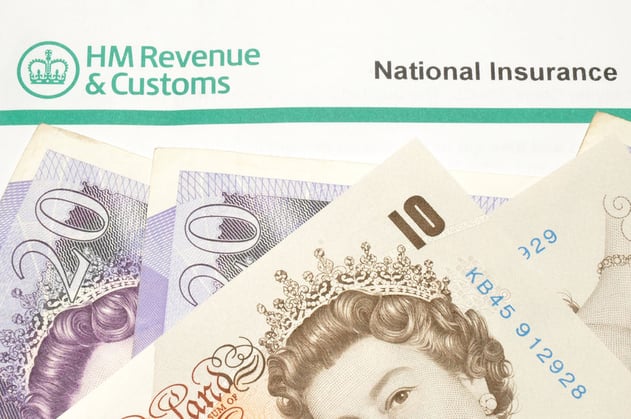BLOG
Employment allowance- can you benefit?
 The National Insurance employment allowance can reduce an employer’s National Insurance bill by up to £3,000 – but not all businesses can benefit.
The National Insurance employment allowance can reduce an employer’s National Insurance bill by up to £3,000 – but not all businesses can benefit.
Where available, the allowance is set against the employer’s secondary Class 1 National Insurance bill. The allowance, set at £3,000, reduces the National Insurance payable by the employer until it is used up or, if sooner, the tax year ends. Qualifying employers whose secondary National Insurance liability for a tax year is £3,000 or less will not pay any employer’s National Insurance. Employers whose secondary National Insurance liability is more than £3,000 will benefit in a £3,000 reduction in their National Insurance bill.
The way the allowance works means that employers will pay less or even nothing at the start of the tax year and the full month’s liability once the allowance has been used up.
Example
For the first three months of 2017/18, PQR Ltd’s employer Class 1 National Insurance liability is as follows:
- Month 1: £750
- Month 2: £1,260
- Month 3: £1,180
- Month 4: £1,375
The company claims the employment allowance, which is utilised as follows.
|
Month |
Employer’s NIC liability for month |
Available employment allowance |
Allowance used in month |
Employer’s NIC payable to HMRC |
Allowance carried forward |
|
1 |
£750 |
£3,000 |
£750 |
Nil |
£2,250 |
|
2 |
£1,260 |
£2,250 |
£1,260 |
Nil |
£990 |
|
3 |
£1,180 |
£990 |
£990 |
£190 |
Nil |
|
4 |
£1,375 |
Nil |
Nil |
£1,375 |
Nil |
As a result of the availability of the allowance, no employer’s National Insurance is payable to NIC in months 1 and 2 and the liability for those months is fully sheltered by the allowance. In month 3, the remaining allowance of £990 is set against the liability of £1,180 for that month and the balance of £190 is paid over to HMRC. As the allowance has now been fully utilised, from month 4 onwards, the full liability for the month must be paid over to HMRC.
Not for everyone
Not all businesses are able to benefit from the employment allowance. Since 6 April 2016, it has not been available to one-man companies where the sole employee is also the director. However, in a family company scenario, having a set up where there is more than one paid employee or the only employee is not also a director will preserve the allowance. This can be beneficial in formulating a profit extraction strategy and setting an optimal salary level.
The employment allowance is also not available where someone is employed for personal, household, or domestic work, such as a nanny or a gardener (although the allowance is available where the personal employee is a care or support worker). Service companies operating under IR35 where the only income is the earnings of the intermediary and public bodies and those doing more than 50 per cent of their work in the public sector are similarly denied the allowance.
Claim it
The allowance must be claimed through the employer’s real time information software package. To the extent that the allowance is not used up during the tax year, it is lost – any unused balance cannot be carried forward to the following year.
Get in touch with Inform if you need further advice on the National Insurance employment allowance and if you business can benefit or any other tax related matter.
Read more of Inform's tax blogs:
What are the rules in 2017/18 for company cars and the taxman?
Making Tax Digital- Voluntary pay as you go






.jpg?width=1500&height=1000&name=amy-hirschi-K0c8ko3e6AA-unsplash-(5).jpg)

